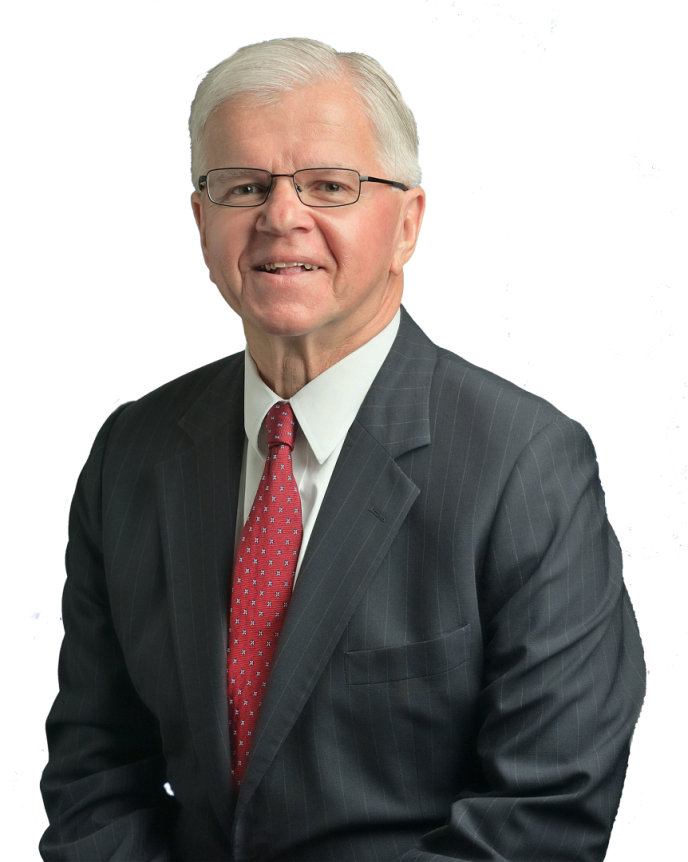Assemblyman Fred W. Thiele, Jr.: New York’s Paid Family Leave Begins In January
Beginning January 1, 2018, New Yorkers will no longer have to choose between work and family with the start of the State’s Paid Family Leave program. The Assembly spearheaded the creation of the program, recognizing that for too long, workers have been penalized for putting family first.
Under New York’s paid family leave program – the most robust in the nation – almost all workers will be eligible for paid family leave benefits. This is a drastic improvement over the federal Family and Medical Leave Act, which only offers unpaid leave and covers just 60 percent of the workforce.1 New York is now one of only five states, as well as the District of Columbia, to require a paid family leave benefit.2 Workers – especially women, who bear the brunt of unfair workplace policies – will no longer be punished for caring for a loved one. We’re recognizing that it’s wrong to expect a woman, or any parent, to forgo bonding with their new child so they don’t miss a paycheck. It’s also wrong to expect someone to choose between their job and being near a loved one’s hospital bedside. When it comes to work and family, the latter should always be the priority, and the State understands that.
We also understand that paid family leave is not only the right thing to do, it’s a crucial step toward helping more New Yorkers achieve financial security, as well as a boost to our economy. It’s good for business – it will increase worker productivity and morale and help employers retain skilled workers.3 It can also help close the gender pay gap by ensuring that women, who are often the ones to take time off from work to care for children and ill family members, remain employed and have stable income, which can increase their lifetime earning potential.4 Research has also shown that when mothers take paid leave, their children’s health and development benefits. 5
New York’s program is being phased in, ensuring employers have enough time to adjust and implement it. In 2018, workers will be eligible for eight weeks of job-protected paid leave at 50 percent of their average weekly wage up to 50 percent of the statewide average weekly wage. In 2019, it will increase to 10 weeks of leave at 55 percent of the worker’s average weekly wage up to 55 percent of the statewide average weekly wage, then to 60 percent of the worker’s average weekly wage up to 60 percent of the statewide average weekly wage in 2020. By 2021, it will rise to 12 weeks at 67 percent of the worker’s average weekly wage up to 67 percent of the statewide average weekly wage.
To cover the costs of the program, private employers will secure paid family leave insurance and premiums will be fully funded by employees through small payroll deductions. The maximum payroll deduction will be 0.126 percent of the employee’s weekly wage or the state’s average weekly wage – currently no more than $1.64 per week. Public employers may also opt in to the program. Employees are eligible after working at least 20 hours per week for 26 weeks, or less than 20 hours per week for 175 days.
Together, we are building a stronger New York State. Progressive policies like paid family leave serve as an example across the nation of what we can do to support working families and ensure equal opportunity for all. If you would like additional information about the state’s paid family leave program and how it could affect you, call the Paid Family Leave Helpline at 844-337-6303. As always, please don’t hesitate to contact my office thielef@nyassembly.gov at or 631-537-2583 if you have any questions about this or any community issue.
__________________________________________
2 Ibid.
4 Ibid.
5 Ibid.
